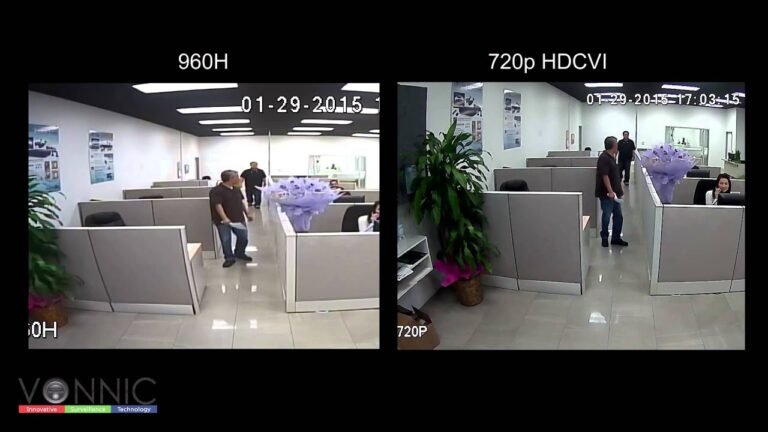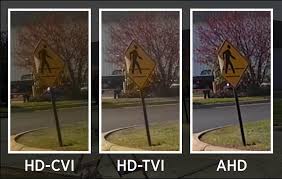960H Vs 720P – 5 Key Differences Explained

When comparing 960H and 720P, you’ll see differences regarding resolution, image quality, compatibility, cost, and use cases. 720P offers a higher resolution (1280 x 720) and sharper images, especially on larger screens, while 960H has a lower resolution (960 x…
